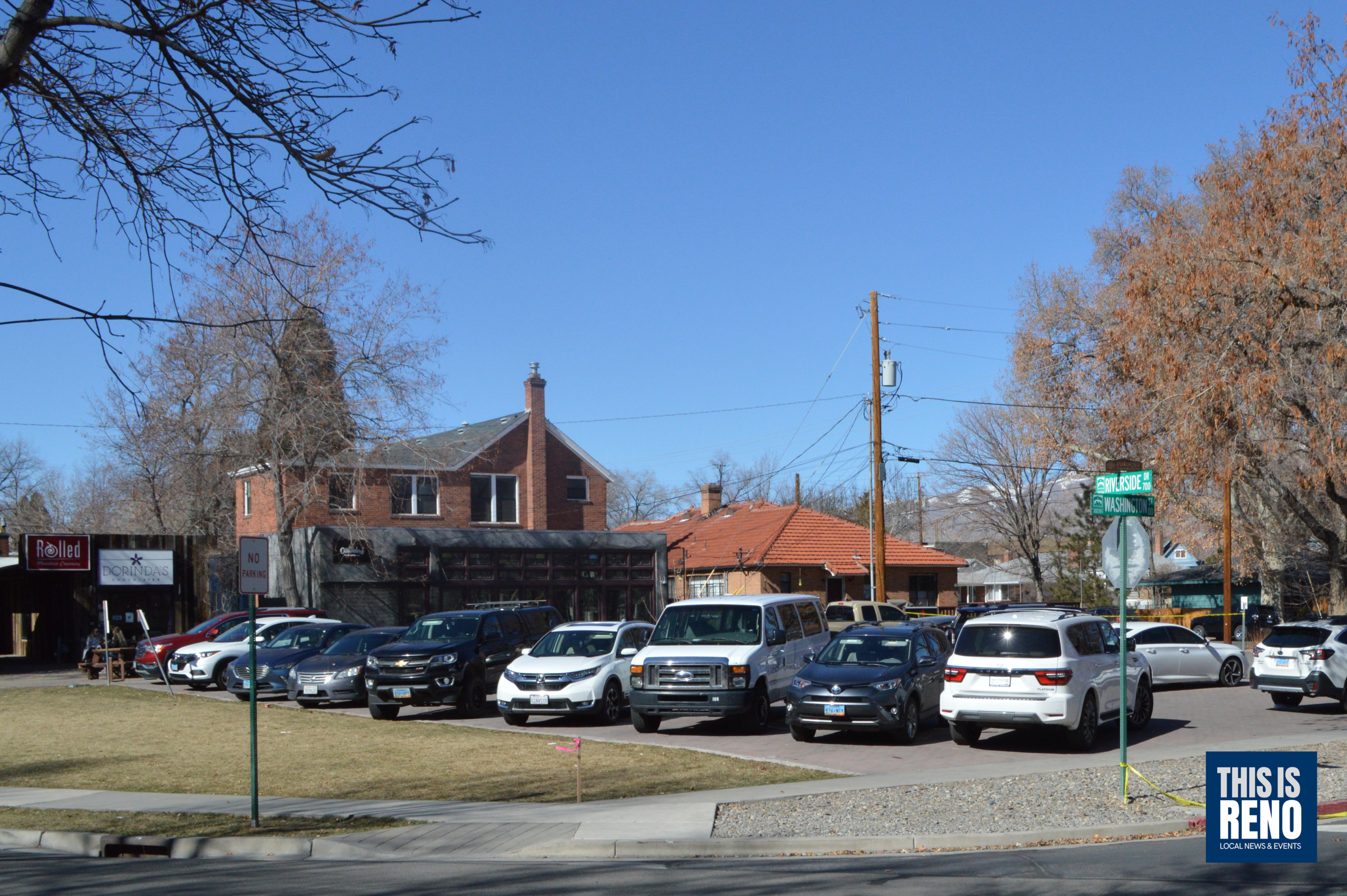In the latest Barber Brief, Alicia Barber shares updates of prior topics of discussion along with information on some upcoming meetings and valuable resources to check out. Here are some of the highlights. For the full missive, click here.
By Alicia Barber
Proposed Jacobs Development Agreement/Neon Line District
There was no explanation given, but the proposed ordinance change discussed in my prior Brief involving the City’s Sewer Connection Fee Credit Policy was abruptly pulled from the May 12 City Council agenda (Item E.1) that morning. There were about 20 public comments in opposition, none in favor.
6000 Plumas Street
This is the project on the former site of the Lakeridge Tennis Club, which I initially discussed on March 15. The Planning Commission’s approval of the 314-unit condo project was appealed by residents and brought to City Council on April 28. In that meeting, a 4-3 Council majority upheld the Planning Commission’s approval and denied the appeal.
700 Riverside Drive
Site preparation for the planned apartment building at 700 Riverside Drive, in the heart of the historic Powning Conservation District, is already underway, but construction proceeds at the developer’s risk, since as of press time there has been no decision following the hearing of the building permit appeals on May 4.
I watched several hours of that 7-1/2 hour hearing, and I can tell you that the legal and procedural issues at hand are far more complex than many might realize, involving a myriad of factors including street abandonments and maintenance, public easements, parking requirements, and more. It’s a serious and complicated matter.
I won’t rehash the details of the project, which I wrote about in prior posts on March 4, March 8, and April 5, but I do want to say something about the nature of some of the public and private discussions about it, because they should be of grave concern to anyone with an abiding interest in respectful deliberations about development in a time of rapid growth and change.
The level of misinformation and misrepresentation of historic preservation, its principles, and its advocates that is swirling about with respect to this issue has been surprising even to me, and I’ve seen a lot of inaccuracies being spread about preservation in my 20 years of working on preservation policy and advocacy, locally, statewide, and across the country with the National Park Service.
Those raising concerns about physical aspects of this project have been labeled by some as “NIMBYs,” as affluent and intolerant elites, as anti-growth, anti-housing, anti-renter, and even discriminatory. Concern for ensuring the compatibility of infill development with the unique character of one of Reno’s two designated Conservation Districts—a community value embedded in the City’s Historic Plan, Master Plan, and City Code—has been painted as resistance to any kind of change, as a failure to understand the neighborhood’s true character, or as evidence of some misguided (and entirely imagined) belief that historic districts should remain unfixed “museums.”

